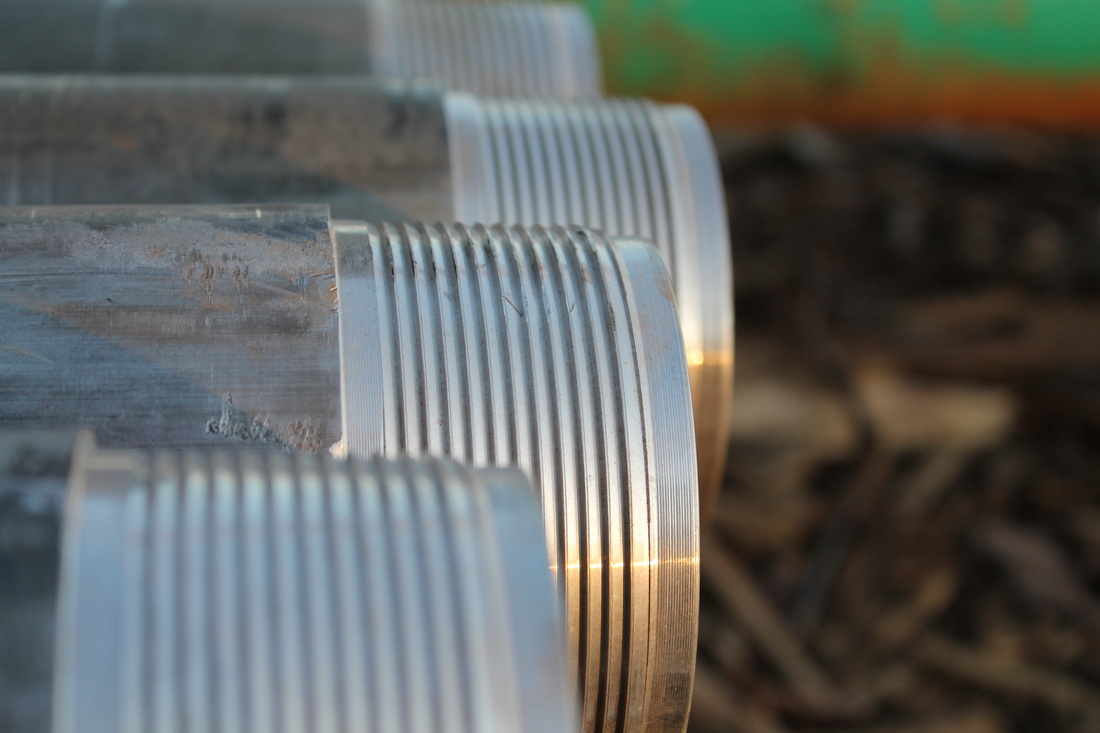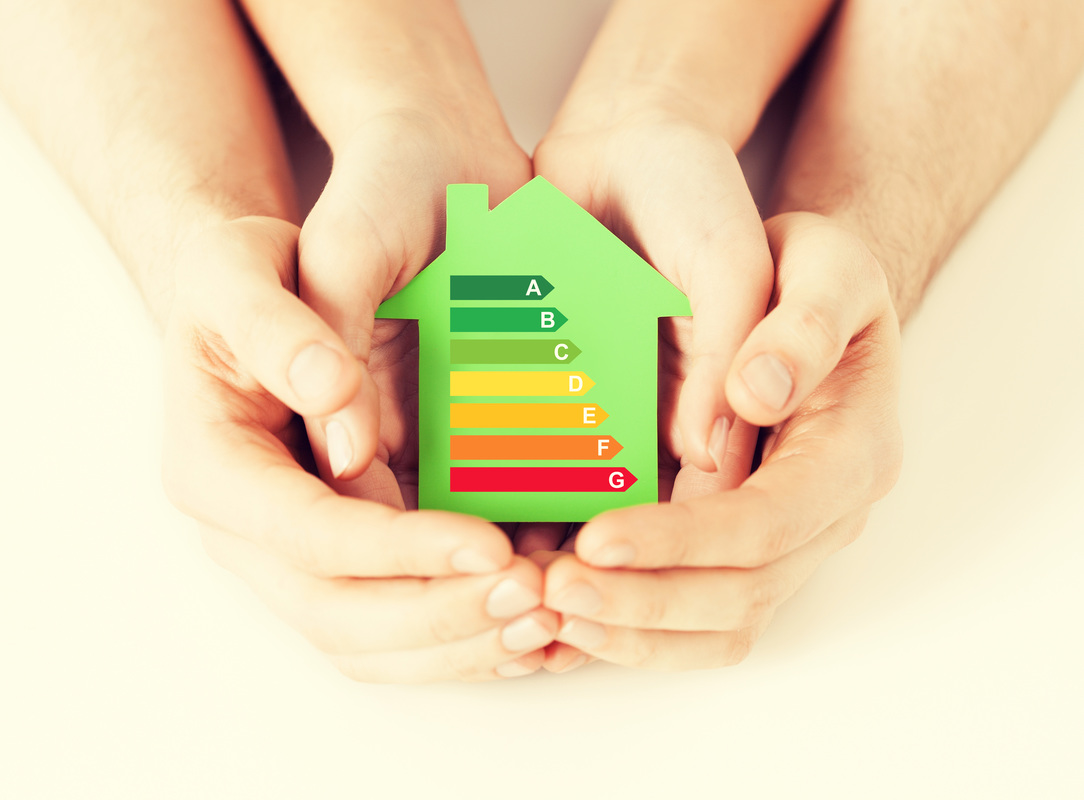Home Energy Efficiency Improvement Tax CreditsConsumers who purchase and install specific products, such as energy-efficient windows, insulation, doors, roofs, and heating and cooling equipment in existing homes can receive a tax credit for 30% of the cost, up to $1,500, for improvements "placed in service" starting January 1, 2009, through December 31, 2016. See EnergyStar.gov for a complete summary of energy efficiency tax credits available to consumers.
|
The Energy CreditIn October 2008, geothermal heat pumps were added to section 25D of the Internal Revenue Code. This created a 30% tax credit for costs associated with qualified geothermal equipment “placed in service” through the end of 2016. Property usually considered to be placed in service when installation is complete and equipment is ready for use. However, if the system is part of the construction or renovation of a house, it’s considered placed in service when the taxpayer takes residence in the house.
|
What’s EligibleGeothermal equipment that uses the stored solar energy from the ground for heating and cooling, and that meets Energy Star requirements at the time of installation is eligible for the tax credit. Covered expenditures include labor for onsite preparation, assembly, or original system installation and for piping or wiring to connect a system to the home. The structure must be located in the United States and used as a residency by the taxpayer, although primary residency isn’t required. In fact, if geothermal is installed in more than one home, there’s no limitation on the number of times the credit can be claimed.
What’s NotThe credit can’t be claimed for spending on equipment used solely for hot tub or pool conditioning, nor on previously used equipment.
|
How to claim the CreditUse IRS Form 5695 (2008) to claim the Residential Energy Efficient Property Credit for 2008. Form 5695 for 2009 has not been published yet. For systems completed in 2008, the maximum tax credit is capped at $2000.00. For property placed in service after 2009, there’s no limit on the credit amount. The tax credit can be used to offset both regular income taxes and alternative minimum taxes (AMT). If the federal tax credit exceeds tax liability, the excess amount may be carried forward into future years. Spending on geothermal heat pump property adds to your home’s cost basis, but also must be reduced by the amount of the tax credit received.
|
Non-Business Energy Property CreditThe Non-Business Energy Property Credit is a 30% tax credit (up to $1500) for spending on qualified energy efficiency improvements made to an existing home between 2009 and 2010. This credit is for home improvements on insulation, windows, doors, and solar reflective roofing materials and can be claimed in addition to the Energy Efficiency credit for geothermal property. The improvements must be dwelling in the United States that’s owned by the taxpayer and used as the principal residence. IRS Form 5695 (2009) is used to claim the credit. Form 5695 for 2009 has not been published yet.
|
New Energy Efficient Home CreditSection 45L of the internal Revenue Code provides building contractors a $2000 tax credit for the construction or substantial renovation of a new home that achieves a 50% heating and cooling energy cost saving relative to a comparable dwelling that meets the minimum requirements of 2004IECC energy code. The home must be sold prior to the end of 2009 for the builder to receive the credit. The energy consumption reduction must be verified by an independent accredited certifier, such as a RESNET home energy rater. IRS Form 8908 is used to claim the credit. IRS Notice2008-35 provides detailed guidance.
|
Home businessIf a structure serves as both a residence and place of business, spending may need to be allocated between residential and business use. If residential spending is at least 80%, then all spending qualifies for the residential credit. For commercial spending, there’s a 10% tax credit available, and 5-year MACRS accelerated depreciation.
|









